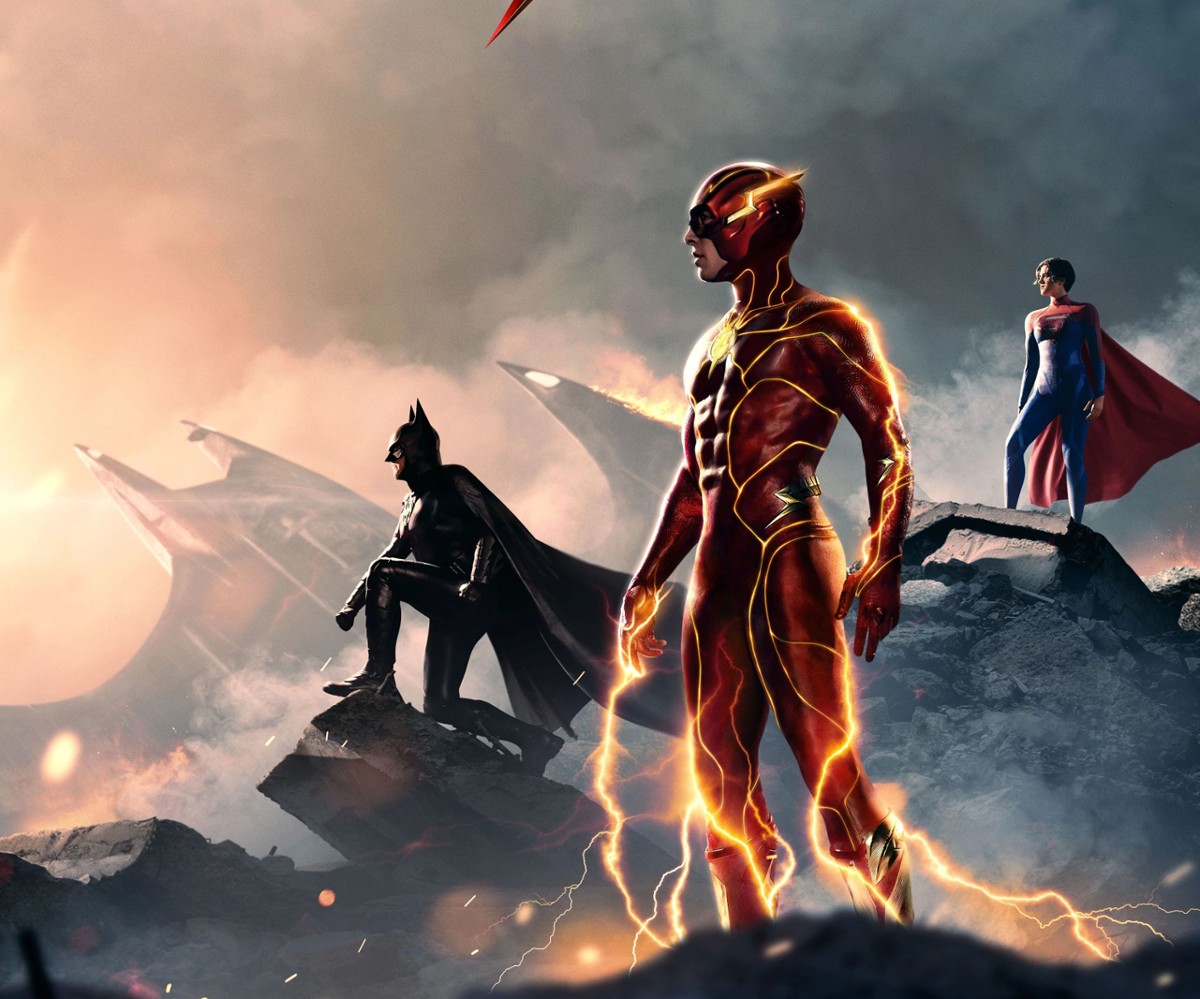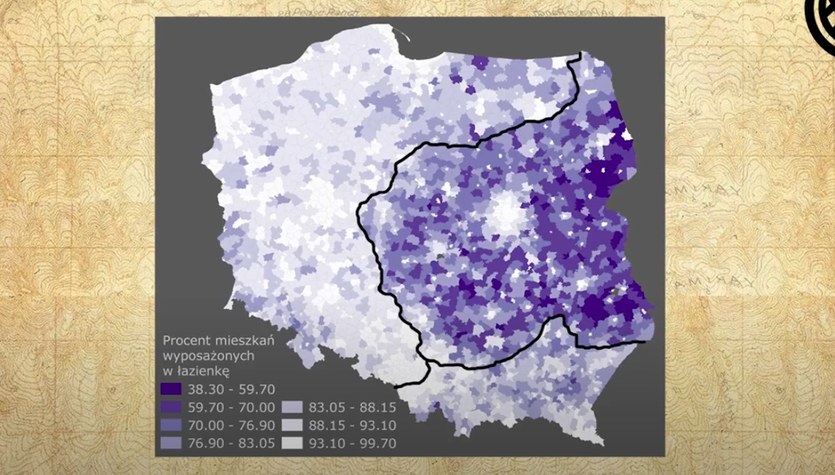One study on this issue was presented in Frontiers in neuroscience. The organisms created by scientists could later be used, among other things, to create neurobiological computational systems that learn from less data and require much less energy.
The average organoid is 500 μm in diameter, and as these types of structures develop, the neurons that make them up begin to network and show patterns of activity that mimic the structures of different regions of the brain.
Read also: Artificial intelligence is everywhere and for everyone. This mind of artificial intelligence has the power to change the world
Advances in this field have so far been made possible by induced pluripotent stem cells and 3D culture techniques. The former has the ability to transform into any cell present in the animal’s body, and then it is forced to form nerve cells and specific molecules needed to build a specific organism. In contrast, thanks to the involvement of 3D technologies, organelles can develop visible internal networks in the animal’s brain. This is an important step forward from 2D structures.
Using neural tissue to create brains allows for efficient, low-energy computations
Organoids can also be used to study the development of neurological disorders such as Parkinson’s disease, Jens Schwamborn of the University of Luxembourg explains. It is even possible to observe disease features that are known to be present in patients, but so far cannot be reproduced in the laboratory.
Moreover, scientists can now direct the process of developing organelles more efficiently and precisely than they could a few years ago. This, in turn, allows the creation of structures that mimic the network architecture and cellular composition of specific cortical and subcortical structures. The researchers also believe that, in the future, they can turn organic systems into organic processing units that can harness the apparent information processing capabilities of neural tissue to create flexible and robust computational systems.
Read also: The quantum computer first appeared in chemistry. Scientists are excited about the possibilities
So we can see that the possibilities for performing calculations are certainly endless with silicon systems. Using biological and synthetic materials, scientists can smash new efficiency records for instant computations. It also shows that millions, if not billions, of years of evolution have provided us with highly efficient “computers on board.” Their configuration in terms of performance and power demand is currently much better than in the case of ordinary computers. By the way, the question arises: where will scientists get to an impassable border? Besides, such experiments can undoubtedly raise ethical questions, but perhaps the time will come for such discussions.

Echo Richards embodies a personality that is a delightful contradiction: a humble musicaholic who never brags about her expansive knowledge of both classic and contemporary tunes. Infuriatingly modest, one would never know from a mere conversation how deeply entrenched she is in the world of music. This passion seamlessly translates into her problem-solving skills, with Echo often drawing inspiration from melodies and rhythms. A voracious reader, she dives deep into literature, using stories to influence her own hardcore writing. Her spirited advocacy for alcohol isn’t about mere indulgence, but about celebrating life’s poignant moments.





